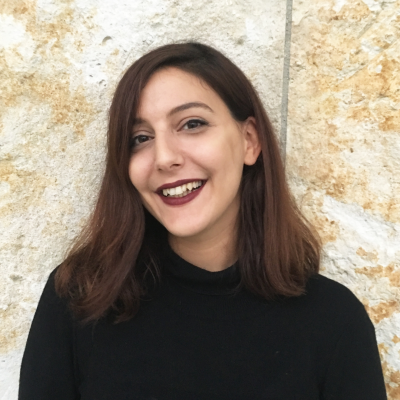The Ecology of Ceramic Vessels in Coastal Architectural Heritage (ECCAH)
The project focuses on two interconnected maritime regions – the Indian Ocean and the Mediterranean – with the aim to understand how architectural surfaces featuring immured porcelain and ceramic vessels, originally intended for everyday use, and their contexts can tell a more nuanced story of trade and exchange, climatic and environmental change, politics and economy, and of social practices and cultural meaning.
The project is specifically interested in architectural surfaces with immured vessels – both exterior and interior, their contexts, and their cultural and scientific analysis, spanning the period, 1000-1850 CE (documented duration of the practice and its afterlives). While much has been written on the Indian Ocean and Mediterranean trade and politics, the role of architectural surfaces in understanding the localised intersection of regional and global forces remains poorly investigated. With a cross-oceanic perspective, this project will present new thoughts on how ceramics and porcelain vessels, immured into walls and ceilings, in churches and mosques, palaces and merchant houses, and in tombs, constitute polymaterial surfaces characterized by reflection of light and lustre.
About the project
The key thematic strands of investigation and associated questions of the project are:
- Trade and exchange: how specific trading networks and communities (coastal/ inland) helped in the distribution and reception of vessels;
- Climate and the environment: how natural and man-made environmental factors shaped the architectural surfaces and the fate of immured vessels;
- Politics and economy: how prevailing political and economic contexts provided patronage for immured architecture or halted the practice;
- Social practices and cultural meaning: how the practices of immuring vessels were shaped by social attitudes and practices, which in turn were shaped by the new architectural attitudes and allowed the incorporation of new cultural ideas.
The ECCAH project outcomes include:
- two-day symposium The Ecology of Ceramics in Architectural Heritage: Cross-Cultural Dynamics across the Indian Ocean, Mediterranean and Regions Beyond which took place online, July 18-19, 2022;
- comprehensive publication repository of over 200 publications;
- database of nearly 50 experts active in the field;
- interactive map of sites, complemented by photographs and research metadata.
Photographs from left to right by: Gamze Gül Köse, Paschalis Androudis, Gamze Gül Köse and Anastasia G. Yangaki











